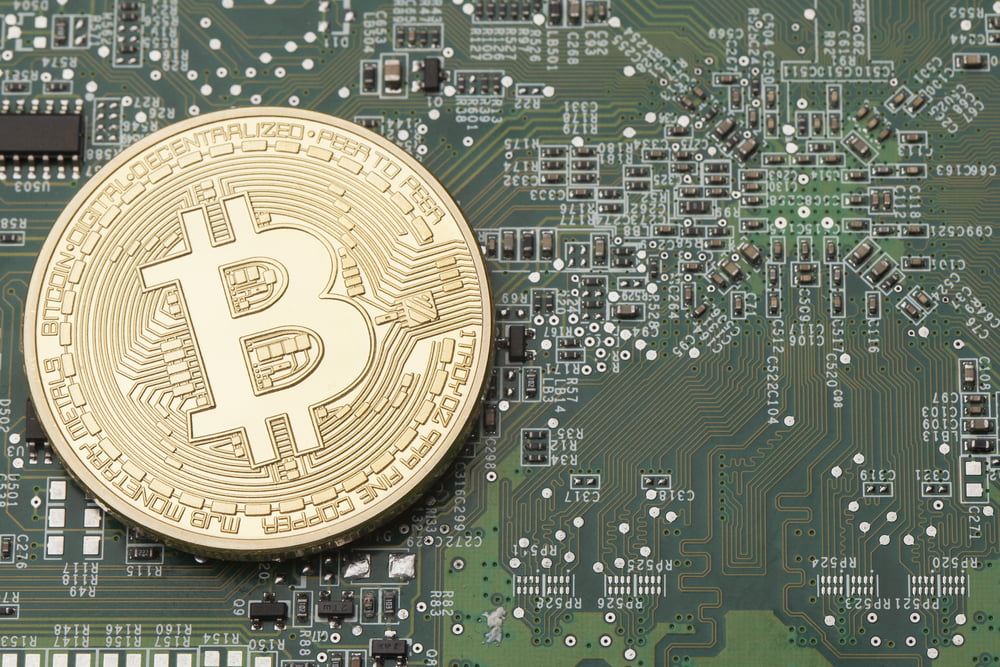The percentage of Segregated Witness (SegWit)-enabled bitcoin transactions has surpassed the seven percent mark, as SegWit continues to scale the bitcoin network drastically beyond the capability of a 2MB block size increase.

According to various bitcoin data providers including Blockchain.info, the average bitcoin block size has been at around 0.9MB and the size of the bitcoin mempool, the holding area for unconfirmed transactions, has been below 12 million bytes for the past few weeks. Prior to the activation of SegWit, average block size was consistently above 0.99MB and the size of the bitcoin mempool remained above 150 million bytes.
At the time of reporting, leading bitcoin wallet platforms including Blockchain, the second-most widely utilized bitcoin wallet behind Coinbase, is recommending a transaction fee of US$0.14, less than 50 satoshi per byte, for medium-sized transactions. Prior to SegWit, Blockchain had been recommending over US$3 in fees, more than 350 satoshi per byte.
It is important to acknowledge that Blockchain is not a SegWit-enabled wallet. As the development team behind the popular hardware wallet Ledger explained, users of SegWit-enabled bitcoin wallets can experience up to a 35 percent reduction in fees. As the Ledger team wrote in an analytical blog post:
“Segwit introduces the concept of block weight which changes the way the transaction size is computed by splitting the signatures in a different area — you can typically save 35% of the fee paid when sending a transaction immediately.”
The Ledger development team further noted that the decrease in transaction fees is made possible through the optimization of the transaction computing process SegWit facilitates.
“When computing a Segwit signature, the previous transactions do not need to be processed by the device, and each input is only processed once during the signature process, leading up to a 60% time optimization in the signature process,” the Ledger team explained.
If SegWit is able to sustain its current rate of adoption, bitcoin transactions will be optimized at an unprecedented rate and bitcoin transaction fees will decrease substantially as a result.
SegWit transactions can also be introduced to the bitcoin network if receivers of bitcoin transactions receive payments sent by SegWit-enabled bitcoin wallets such as Ledger and Trezor.
Whether the SegWit2x proposal, the agreement established by 58 companies led by DCG to increase the bitcoin block size to 2MB, is necessary in the short-term is in question and is being debated among highly-regarded experts, analysts, and investors in the bitcoin sector. For most users and the Bitcoin Core development team, the plan to execute a hard fork to implement SegWit2x by November could be seen as impractical, because it would not provide SegWit with a sufficient timeframe in which to play out and become adopted by existing businesses.
More importantly, the execution of the SegWit2x hard fork would most likely lead to another cryptocurrency, similar to the situation Bitcoin Cash finds itself in. If a SegWit2x hard fork were executed, within a span of four months, bitcoin would have at least two alternative forks.

